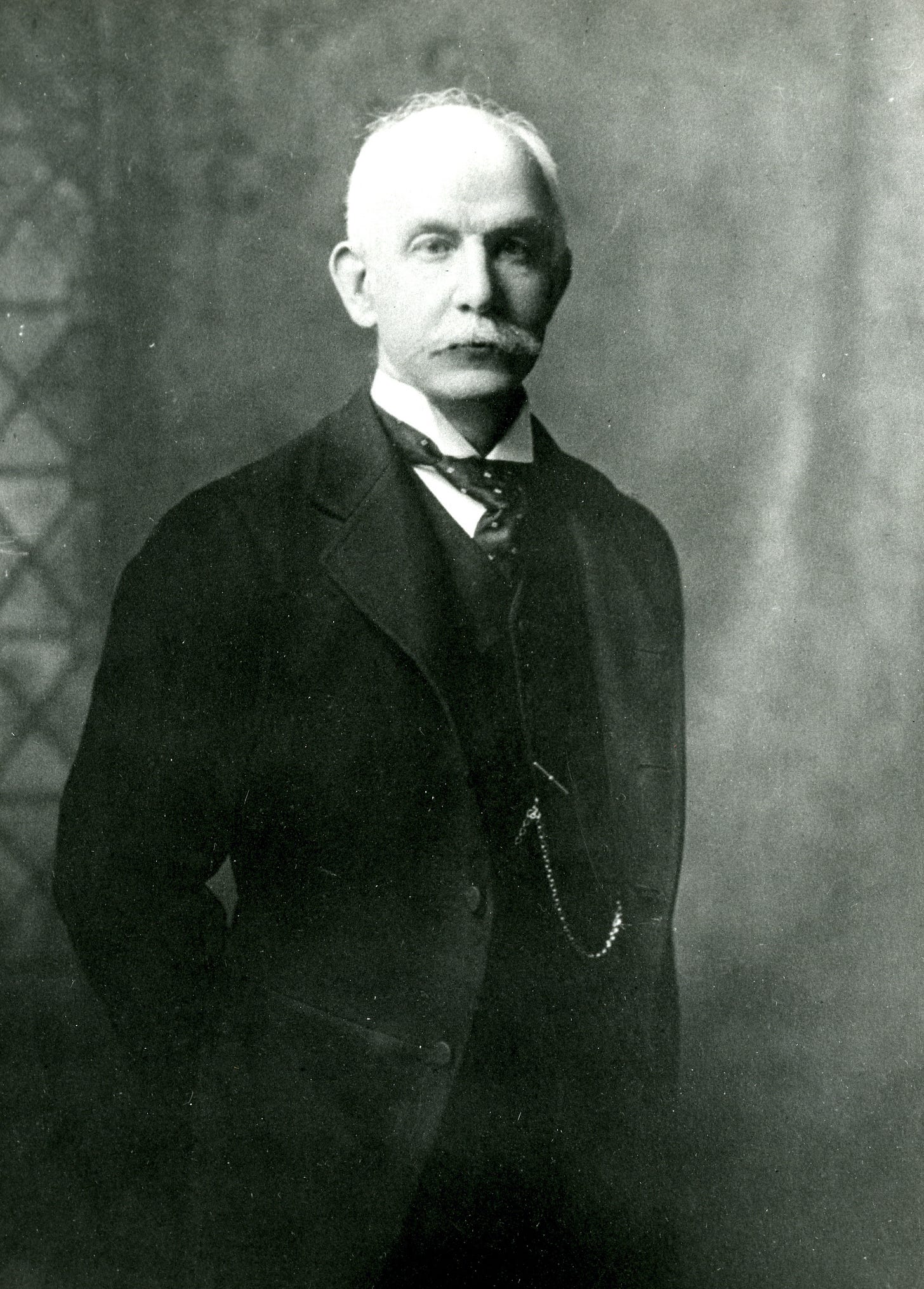Brooks Adams: The Law of Civilization and Decay & Why Empires Fall
Imagine a world of empires, vast and powerful, yet perpetually teetering on the brink. What unseen forces shape their rise and orchestrate their inevitable fall? Is it simply brute force, economic collapse, or something far more profound? These are the questions that haunted the brilliant, yet often overlooked, mind of Brooks Adams, a historian and descendant of two U.S. presidents. He dared to delve into the cyclical nature of power, arguing that civilizations, like living organisms, are subject to a predictable process of growth and decline. Ready to explore the hidden mechanisms behind the rise and fall of empires?
The Serpent's Coil: Adams' Core Argument
Brooks Adams, a name that deserves to be spoken with greater recognition, presented a chillingly logical theory: that civilizations, driven by energy, progress through distinct phases. His masterwork, *The Law of Civilization and Decay*, published in 1895, proposed that these phases are not random; they're governed by a predictable cycle. Think of it as a serpent swallowing its own tail, a relentless loop of creation, consolidation, and disintegration.
At the heart of Adams' argument lies the concept of "energy." He believed that the concentration and distribution of energy, both physical and economic, is the primary driver of societal change. Societies, in his view, are constantly striving to harness and control this energy. But what happens when the channels for this energy become clogged? When bureaucracy stifles innovation, and the ruling elite becomes detached from the needs of the people?
The Law of Civilization and Decay isn't just a historical treatise; it's a warning. A warning about the inherent fragility of even the most powerful empires. It compels us to look beyond the headlines, the grand pronouncements, and see the underlying currents that truly shape history.
From Barbarians to Bureaucrats: The Phases of Transformation
Adams outlined a specific set of stages, each characterized by shifts in societal power dynamics and the way energy is channeled. Let's break down his core phases:
The Barbarian Phase: This is the period of initial energy and expansion. Societies are dynamic, driven by conquest and fueled by raw power. Think of the early Roman Republic or the Mongol Empire.
The Consolidation Phase: As empires grow, power centralizes. Governance becomes more organized, laws are codified, and infrastructure is built. However, this centralization often leads to...
The Bureaucratic Phase: Here, efficiency gives way to rigidity. The ruling class becomes increasingly insulated and detached from the populace. Corruption festers, and innovation stagnates. This is the beginning of decay.
The Decay Phase: In this final stage, the empire becomes paralyzed by internal conflicts and external pressures. The concentration of wealth and power in the hands of a few leaves the majority disempowered. The society is ripe for collapse, either through revolution or external conquest.
Could these phases be applied to today's world? Are we, perhaps, witnessing the beginning of a new cycle, or the terminal phase of one that has run its course? Consider the ever-growing influence of unelected global entities, the rise of technological surveillance, and the vast disparity in wealth.
The Role of the Intellectuals and the "Psychic"
Adams recognized that ideas, and those who shape them, play a critical role in this cycle. He saw the "intellectuals" – the artists, writers, and thinkers – as crucial players in shaping the "psychic" of a society, its collective consciousness, and guiding the flow of energy.
The Law of Civilization and Decay suggests that when intellectuals become subservient to the ruling class, when art becomes propaganda, and independent thought is stifled, the seeds of decay are sown. Does this resonate with the current state of media and education?
"Power is an inherent quality of all organized bodies... and the struggle for power is as inevitable as the struggle for existence." - Brooks Adams (paraphrased)
The Relevance of Adams in the 21st Century
Why should we care about a book written over a century ago? Because the patterns Adams identified still resonate today. Understanding his framework allows us to view current events with a more critical eye, to recognize the warning signs, and perhaps, to avoid repeating the mistakes of the past.
From the rise and fall of social media platforms to the increasing concentration of economic power, the echoes of Adams' analysis are all around us. He forces us to confront uncomfortable truths about the nature of power and the cyclical nature of history.
If you're keen on hearing a more detailed explanation of Adams' ideas, consider watching a great video on the topic here:
Unlock deeper insights with a 10% discount on the annual plan.
Support thoughtful analysis and join a growing community of readers committed to understanding the world through philosophy and reason.
Beyond Pessimism: A Call to Action?
Reading Adams can be a sobering experience. It might leave you feeling like we're stuck in a predetermined cycle, forever doomed to repeat the mistakes of our predecessors. But is that truly the case?
Adams' work isn't just a pessimistic prophecy; it's a diagnostic tool. By understanding the forces at play, we can begin to exert some control. We can strive to foster innovation, challenge bureaucratic overreach, and demand transparency from those in power. It's about recognizing the cyclical nature of things and actively working to avoid the pitfalls of previous civilizations.
Can we break free from the cycle? Can we harness energy in a more equitable way, creating a society that values both progress and justice? The answer, perhaps, lies in our willingness to learn from the past, question the present, and dare to imagine a better future.
Ultimately, Brooks Adams' work serves as a powerful reminder that the choices we make today shape the destiny of tomorrow. The fall of empires isn't inevitable, unless we allow it to be.



